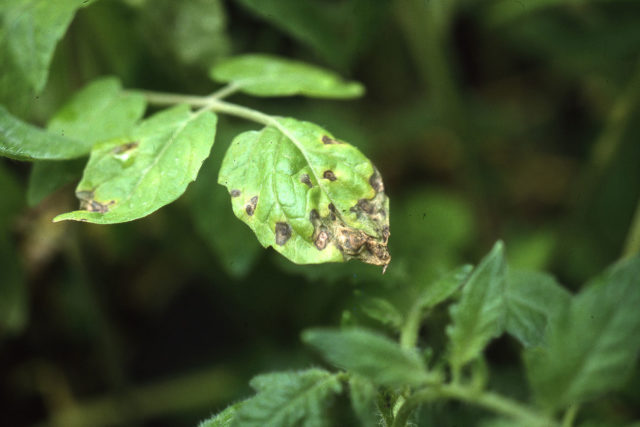Content
On the damp edges of coniferous and deciduous forests, glades and wet meadows in many European countries, including Russia, you can see a herbaceous plant with bright large yellow flowers, which is called the European swimsuit (ordinary). It has other names among the people: kupavka, frying, kupava, lights, beaters, Siberian rose, kupava.
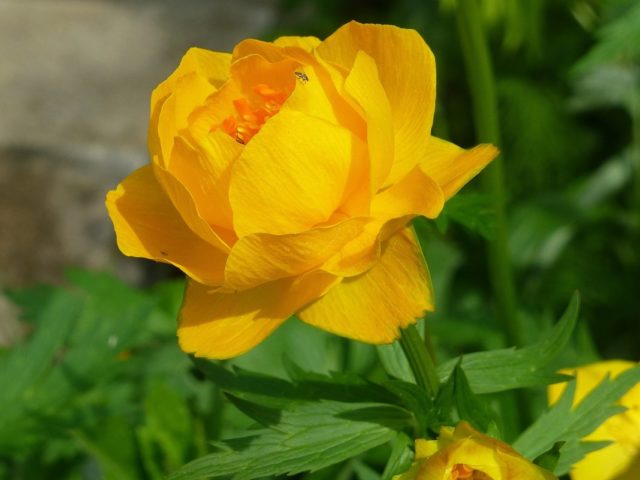
Kupava flowers in all shades of yellow
Description of the European swimsuit
The European swimsuit is a perennial belonging to the Buttercup family. The Latin name for the flower is Trollius. According to one Scandinavian legend, mythical creatures liked the swimsuit very much, for this reason in some countries it is still called the flower of trolls. In Russia, the name “bathing suit” was given to the plant for its love of water.
The shoot shape of the European swimsuit can be simple and branched. On average, the height of the stems, depending on the growing conditions, varies from 60 cm (in well-lit areas) to 90 (in shady places). In cold regions, there are also lower specimens - only 20 cm.
The leaves are dark, green, lobed (or palmate). The European swimsuit has 2 types: stem and root. The latter are formed in the first season after planting, and in the second, the plant throws out long shoots (peduncles), in the upper part of which are stem leaves.
Petiolate leaf plates forming a basal rosette are somewhat larger than sessile ones. Quite often, young shoots of peduncles develop in the axils of stem leaves, at the top of which buds are formed. The flower heads on the lateral peduncles are smaller than those on the central ones.
Long roots extend from a short, branched rhizome located in the upper layer of the soil, penetrating deep into the soil and providing the bush with moisture.
The fruit of the European swimsuit is leaflets with a small straight nose, which open along the inner line. Single leaflets are collected in spherical compound fruits. Seeds are black, with a glossy sheen, oblong in shape.
The European bather is characterized as a good honey plant, producing a lot of nectar from May to July.
The area of application of kupava is quite extensive. It is used as an ornamental plant. Flowers, roots and leaves have healing properties, so they are often used in folk medicine. The wild European swimsuit is used to feed livestock. And many years ago, the juice of its flowers was used to dye fabrics.
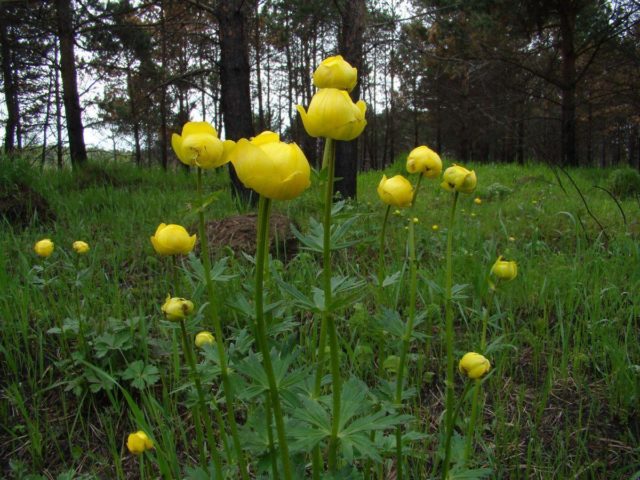
The bright flowers of the swimsuit look good in a forest glade
Flowering features
The European swimsuit blooms in late May or early June. Flowering lasts more than a month. Large lush bushes simultaneously emit 8-10 peduncles with bright yellow flowers. In addition, yellow flower heads are formed on lateral shoots growing from the axils of the stem leaves.
Flower baskets are large, about 5-8 cm in diameter.Each consists of a corolla-like perianth supporting 10-20 yellow sepals. The arrangement of the petals of the European swimsuit is spiral. The corolla petals, which are shorter than the sepals of the flower, act as nectaries. There are many stamens on a dense, convex receptacle. Flowers exude a subtle, faint aroma.
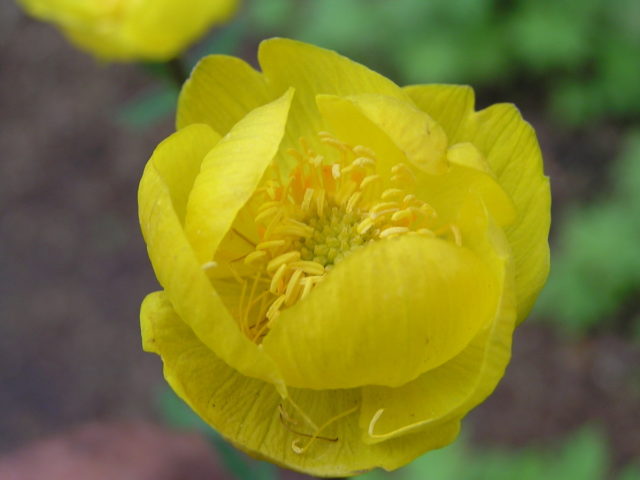
The bather attracts attention with her bright caps of flowers
In which natural area does the European swimsuit grow?
In the natural zone, the European swimsuit lives in places with high soil moisture - damp deciduous forests, as well as well-moistened meadows. A shrub with yellow flower caps grows in river floodplains and near wetlands. The habitat of the swimsuit stretches from Great Britain to the Far East. It can be found both in the northern part of the Eurasian continent (beyond the Arctic Circle) and in the south (the Caucasus and the Mediterranean states).
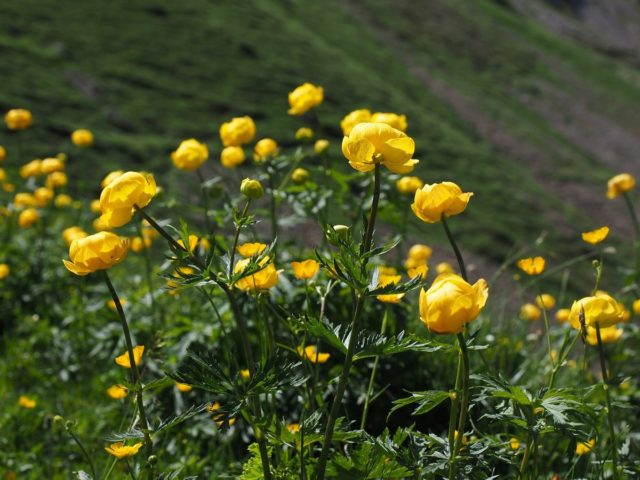
Swimsuit flowers can be found in different regions of the country.
The reasons for the disappearance
The main reason for the disappearance of the species in nature was the human factor, namely, the drainage of wetlands - the favorite habitat of the European swimsuit. The healing properties also played an important role. The fact is that for the preparation of medicines, not only the vegetative parts of the plant are used, but also the underground ones, which leads to the death of individual specimens.
All this became the reason that in a number of regions of the Russian Federation and in the countries of the former Soviet Union, the European swimsuit was listed in the Red Book as an endangered plant.
Application in landscape design
The European bather is beautiful bushes, the flower baskets of which, by the arrangement of the petals, at the same time resemble a poppy and a rose. This allows them to be used to decorate park areas and personal plots.
The European swimsuit is well suited for creating bright spots in the landscape. It is planted near the shores of artificial and natural reservoirs, on lawns and alpine slides.
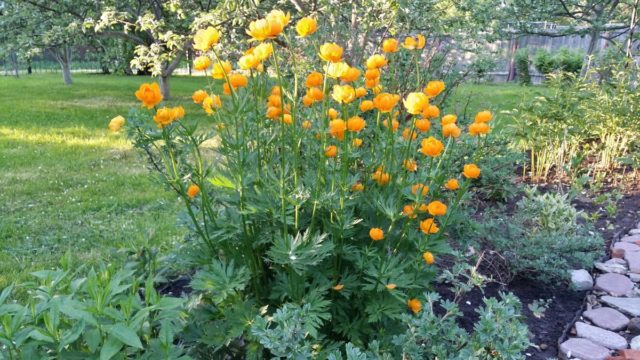
Bright bushes of Siberian rose look good in a flower bed
Reproduction methods
There are 2 breeding methods for the European swimsuit - seed and bush division. The first option is very time consuming. In addition, a swimsuit grown in this way does not bloom in the 1st year. Reproduction by dividing the bush is considered the most effective, and therefore more popular.
Seed method
Seeds are stratified before planting. She may be:
- natural, in which the seeds are sown shallowly in the open ground in the fall, and the seedlings dive in the spring;
- artificial, in which the seed is kept in a cold place for 3 months.
With the arrival of warm days, artificially stratified seeds are germinated and planted in open soil. Seedlings will appear about a month after planting. With too much thickening, part of the seedlings after the appearance of 2 true leaves dive to a new place.
In the first year of life, a root rosette is formed in a swimsuit grown from seed, in the second, the plant expels peduncles with stem leaves and a small number of buds. The European swimsuit is in full bloom in its third year.
Dividing the bush
It is possible to transplant a European swimsuit by dividing a bush 2 times a year. In the spring, this is done before the beginning of the growing season, and in the fall - after the end of the flowering period, when the plant is at rest.
Landing rules
The European bather loves moist fertile soil. It is desirable that it contains clay, which retains moisture well. It is better to choose a place for flowering bushes sunny or with diffused shade.
In the process of transplanting by dividing the bush:
- a part of the mother bush is separated with a sharp shovel so that there are living buds on it;
- dig a hole of such a size that the root system of the delenka fits together with a lump of earth;
- the hole is watered and organic fertilizers are added;
- planting material is placed in the center and covered with soil in such a way that the root collar is underground.
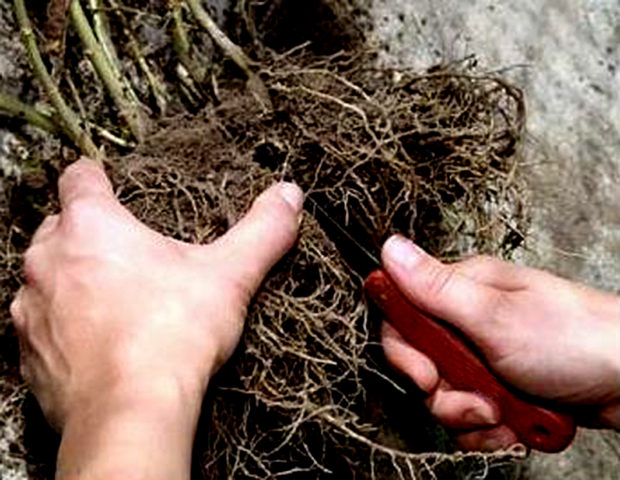
The mother bush is divided into several parts
Care features
The European swimsuit is an unpretentious plant. Nevertheless, for normal growth and preservation of decorativeness, it will need regular care: watering, feeding, removing weeds and preventing disease.
Watering and feeding
The bather is characterized as a moisture-loving plant, so it should be watered frequently. Ideally, the soil should not be allowed to dry out. To better retain moisture, the soil in the root zone is mulched with sawdust, last year's leaves or chopped dry grass without seeds.
In the spring, the flower is fed with nitrogen-containing fertilizers, and in the fall, wood ash and peat are added to the soil. In addition, once every 4 years, potash and phosphorus fertilizers are used for feeding, which help to ensure the splendor of the flowering of the bushes.
The bather is characterized as a frost-resistant plant, therefore it does not need shelter from the cold. Preparation for winter consists in cutting off the ground part at a height of 3-4 cm from the soil surface.
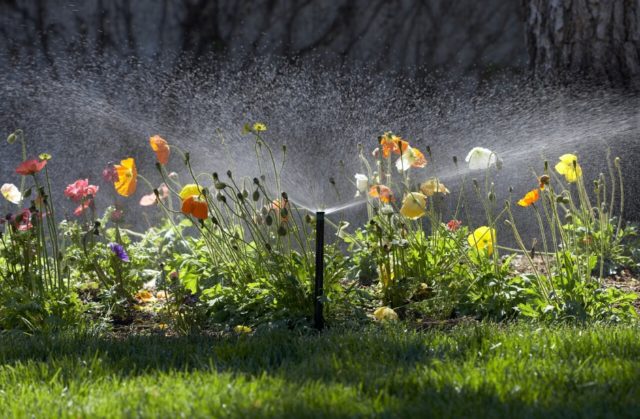
In hot weather, kupava bushes are watered every day
Diseases and pests
The European bather is resistant to many diseases. Nevertheless, fungal infections and parasites sometimes cause trouble:
- Septoria (white spot). The main symptom of the disease is the appearance on the leaves of light spots with a dark border. In the process of combating septoria, the affected parts of the plant are removed, and the rest are treated with fungicides.
Septoria can be recognized by its characteristic spots.
- Nematodes... These are small worms that affect both the ground parts of the plant and its root system. Sick specimens are removed and burned, and the rest are treated with insecticidal preparations.
You can recognize nematodes by wilting flowers and leaves.
Beneficial features
From time immemorial, the swimsuit was considered a healing plant. Nevertheless, given the content of toxic substances, it should be used with extreme caution.
Application in traditional medicine
Means prepared from the raw materials of the European swimsuit are used in alternative medicine to treat:
- swelling;
- diseases of the liver and intestines;
- ailments of the genitourinary system.
Getting on the mucous membrane of the oral or nasal cavity, the sap of the plant can cause a burn. This property has also found application in alternative medicine. The ointment, which contains the juice of a swimsuit and animal fats, is used to get rid of boils and other purulent formations.
Some alternative medicine advocates are trying to use swimsuit-based drugs to treat serious illnesses such as cancer, dropsy of the brain, and epilepsy. It should be said that there is currently no scientific evidence of the effectiveness of such funds, therefore, it is better to entrust the treatment of these diseases to experienced specialists.
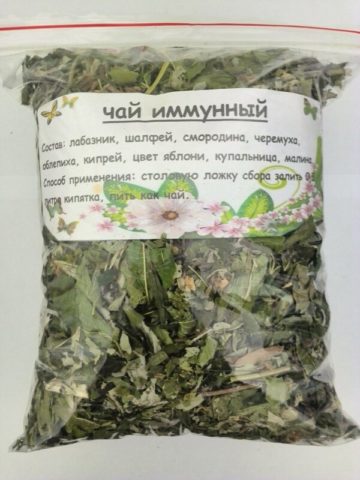
The bather is often included in medicinal fees.
Limitations and contraindications
The European swimsuit belongs to the group of poisonous plants. Improper use of the drug can cause allergic reactions, poisoning and even damage to the central nervous system.
Preparations based on this plant are strictly prohibited for women during pregnancy and lactation.
All other people should also be wary of such funds. You should not endanger your health. Before taking this or that "medicine" it is better to consult a doctor.
Collection and procurement of raw materials
In folk medicine, flowers and leaves are used, less often the roots of a bathing suit. In the process of harvesting raw materials, parts of the plant are plucked, cleaned of dirt and insects. Dry the grass in the shade, turning it over from time to time. The finished raw materials are packed in tight paper bags and stored in a dark, dry place for no more than 1 year.
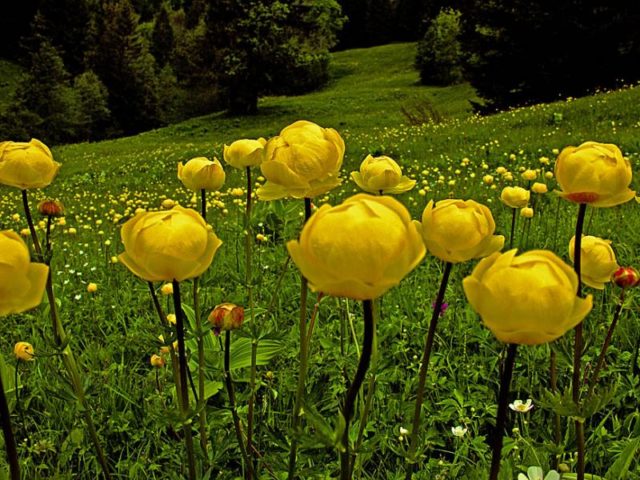
Collect the grass during the flowering period
Conclusion
The European bather is a plant that is characterized not only by good decorativeness, but also by healing properties. Unpretentiousness and frost resistance allows you to grow these beautiful flowers in almost all regions of the Russian Federation.
